One of the most influential modern architectural styles of the 20th century emerged in Europe following World War I and spread all across the world in the following decades.
The International Style is also known as Internationalism and became the most important style in the world of architecture until the 1970s.
The main characteristic of this architectural style are the following:
- A preference for volume as opposed to the mass of a building.
- The complete lack of ornamentations and the use of decorative colors.
- The use of lightweight industrial materials that are mass-produced.
- Flat surfaces with large areas with glass.
Below you’ll find some of the most prominent examples of International Style buildings so you can find out what this type of architecture is all about.
1. Seagram Building
The Seagram Building is a stunning skyscraper in Midtown Manhattan, New York City, and can easily be described as the epitome of International Style buildings. It was designed by Ludwig Mies van der Rohe (1886-1969), a German-American architect and a pioneer of modern architecture.
The fascinating skyscraper in NYC was completed in 1958 and stands 157 meters (515 feet) tall. Its situated a couple of blocks east of Rockefeller Center and a few blocks south of 432 Park Avenue. It features a public plaza that is surrounded by more remarkable modern buildings which provide a fascinating atmosphere to the place.

2. Villa Savoye
Villa Savoye is proof that not all International Style buildings need to be towering skyscrapers. This villa is located in Poissy, a suburban area on the western outskirts of Paris. It was designed by the Swiss architect Le Corbusier (1887-1965), another pioneer of modern architecture.
This mansion was constructed between 1928 and 1931, a period in history in which modern architecture was still in its infancy. This means that this was quite an influential building as it served as the inspiration for numerous similar buildings all around the world.
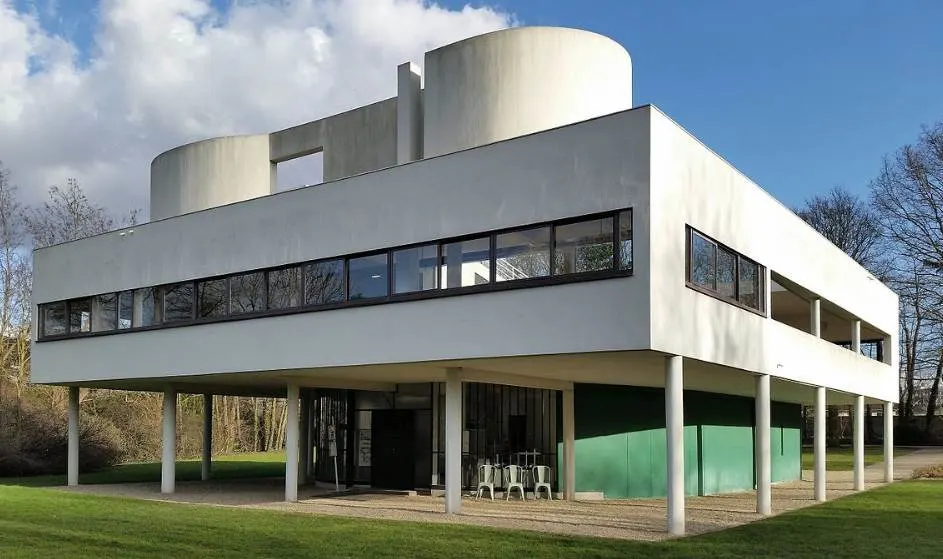
3. Willis Tower
The Willis Tower is the tallest skyscraper in Chicago and has been since its completion in 1974. With an architectural height of 442 meters (1,450 feet), it remains the third-tallest building in the United States today because only One World Trade Center and the Central Park Tower are taller.

The International Style architecture of the building is just as impressive as the tubular design conceived by structural engineer Fazlur Rahman Khan (1929-1982). The observation deck on top of the tower is the tallest in the country and is visited by over a million people a year.
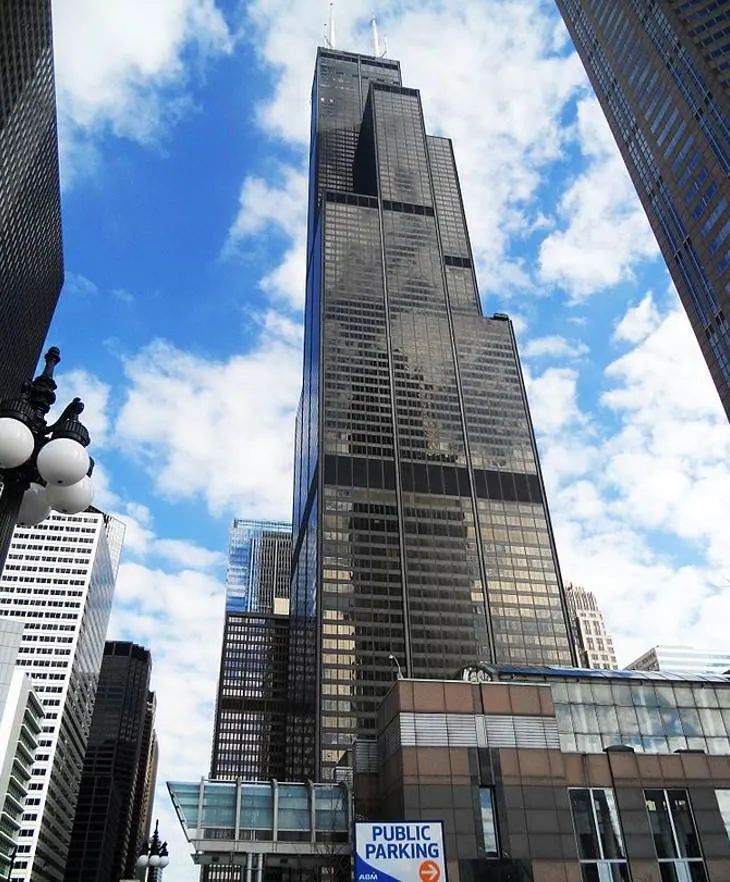
4. Barcelona Pavilion
The Barcelona Pavilion is the current name of what was constructed as the German Pavilion for the 1929 International Exposition in Barcelona. It’s another building that was designed by Ludwig Mies van der Rohe and it was constructed in 1929, nearly 2 decades before the Seagram Building was completed.
The building was a pioneering structure in the world of modern architecture and features relatively simple forms. This was heavily copied in similar structures throughout the 20th century. The spectacular part of the design is the use of expensive materials such as marble, red onyx, and travertine.
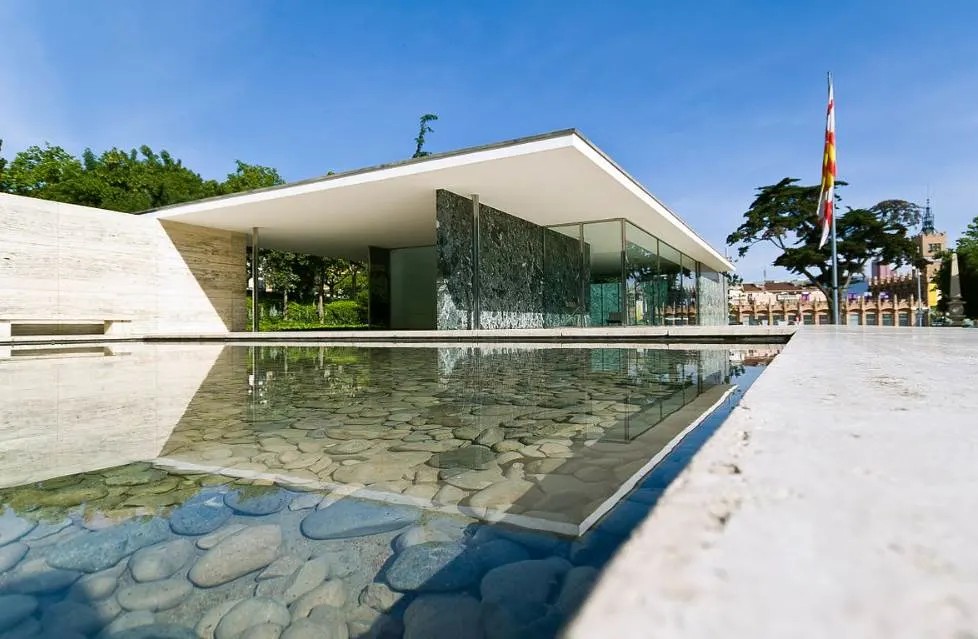
5. McGraw Hill Building
The McGraw Hill Building is also known as 330 West 42nd Street, a reference to its location in the Hell’s Kitchen neighborhood in Manhatten, New York City. The building incorporates both International Style elements and Art Deco architecture. This makes it a remarkable sight in the New York skyline.
Times Square is just a couple of blocks east of this building and it was constructed between 1930 and 1931. It’s one of the earliest examples of International Style skyscrapers in the city, although it was only recognized as such in the following decades. The building features 33 floors and stands 148 meters (485 feet) tall.

6. Glaspaleis
Rhe Glaspaleis or “Glass Palace” is a modern building located in the heart of the Dutch city of Heerlen in the utmost southeastern part of the Netherlands. It was originally constructed to serve as the home of the Schunk fashion and department store but its purpose has changed and it now serves as the cultural center of the city.
The structure was completed in the year 1935 and its design was originally referred to as “Het Nieuwe Bouwen” or “The new way of building.” That’s because this fascinating structure incorporates all elements of modern architecture. The most prominent feature is the free-standing glass that covers three sides of the building.
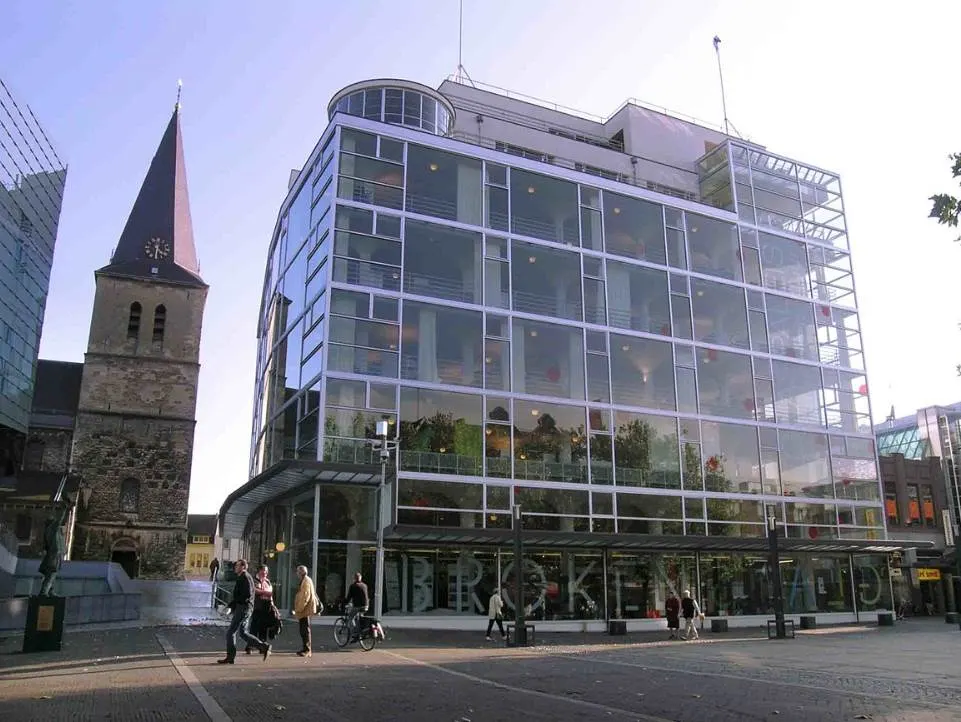
7. Place de Ville (Tower C)
Place de Ville is the name of the large commercial complex that dominated downtown Ottawa, Ontario, the capital city of Canada. The complex features 4 office towers which are referred to as Tower A, Tower B, Tower C, and the Podium Building. Tower C is the most prominent example of International Style architecture.
Tower C was the tallest building in the city upon completion in the early 1970s with a height of 112 meters (367 feet). It remains the tallest office tower in the city today and it remains a remarkable feat of architecture in the heart of the city.

8. Van Nelle Factory
The Van Nelle Factory is an incredible former factory building located on the Schie in the Dutch city of Rotterdam. The building in Rotterdam was one of the prime examples of International Style architecture upon completion in the year 1931. It drew inspiration from Russian Constructivism and renowned architect Le Corbusier once referred to it as “the most beautiful spectacle of the modern age.”
The importance of the building’s design has been recognized since its completion and it was listed as a UNESCO World Heritage site in 2014. Today, the building is primarily used as an arts hub and s occupied by several creative design companies.

9. Fagus Factory
The Fagus Factory is yet another factory that incorporated the International Style in its design. It’s located in the town of Alfeld on the Leine, Lower Saxony, Germany. It was one of the first buildings in history to do so as the building was completed between 1911 and 1913 and modern additions were made in 1925.
The building was designed by Walter Gropius and Adolf Meyer, the founders of the important Bauhaus School. Today, the building serves as a tourist attraction and it was inscribed as a UNESCO World Heritage site in 2011.
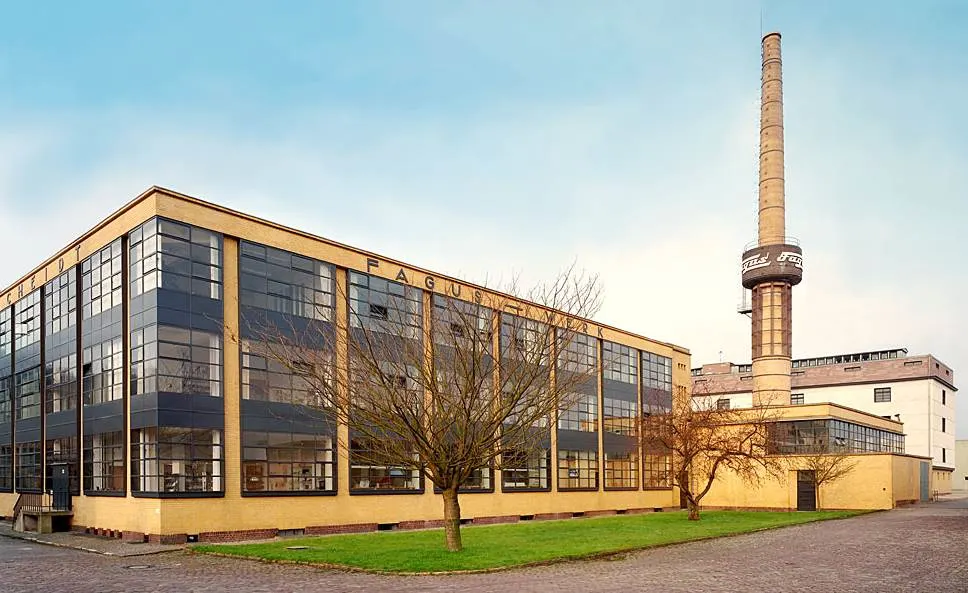
10. United Nations Building
The Headquarters of the United Nations is one of the most spectacular examples of modern architecture. It was completed in 1952 and was designed by several influential architects, including the architectural firm Harrison & Abramovitz and pioneering modern architects Oscar Niemeyer and Le Corbusier.
It’s located in the Turtle Bay neighborhood in the eastern part of the urban jungle of Manhattan. It majestically overlooks the East River. It features 39 floors, stands 155.3 meters (510 feet) tall, and cost about $65 million to construct. That’s the equivalent of well over $660 million today.

